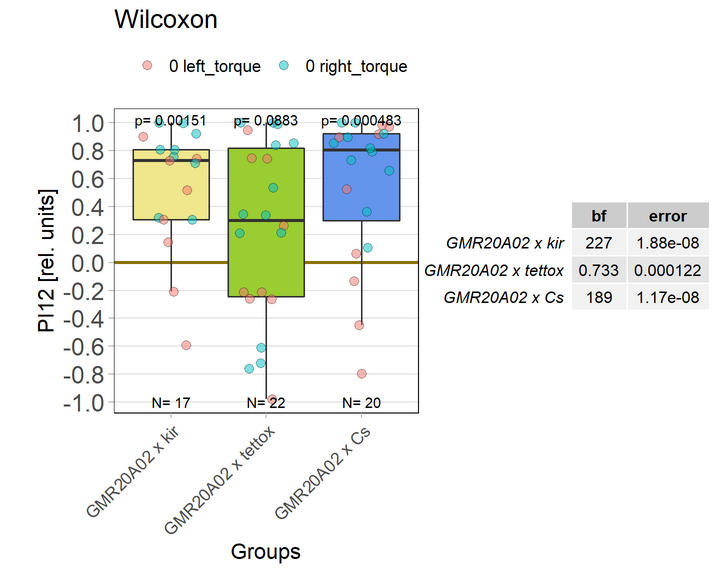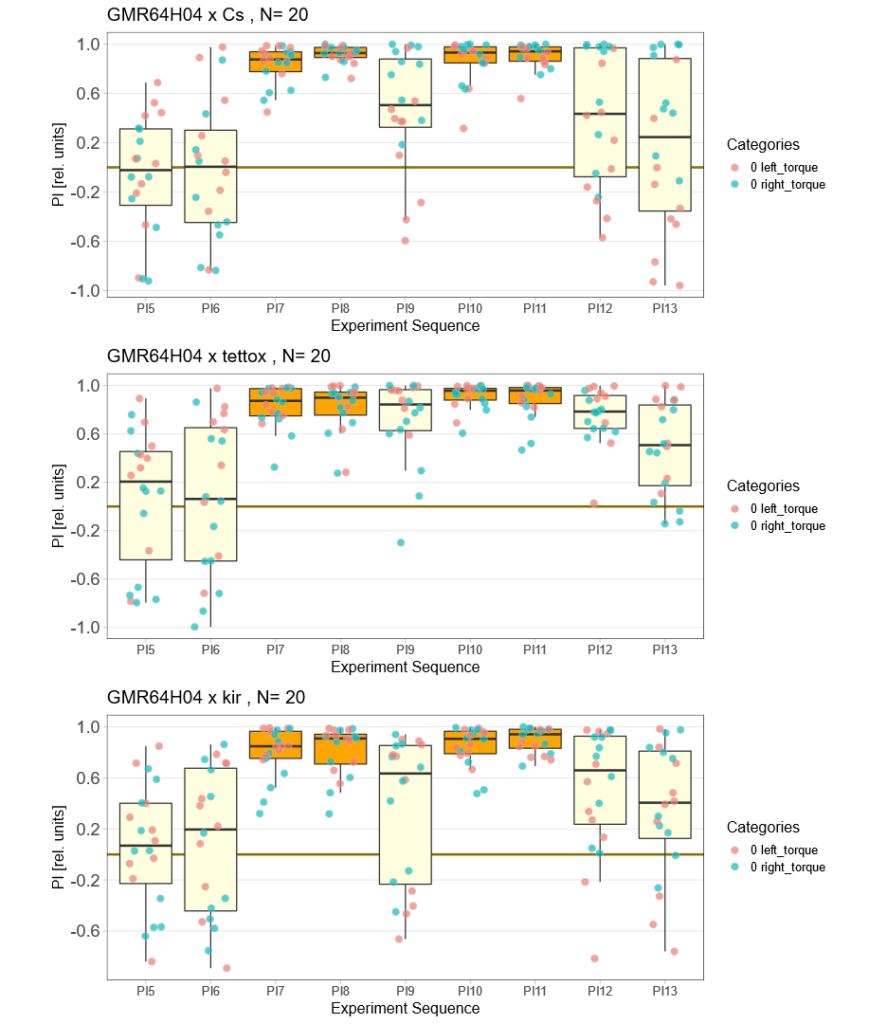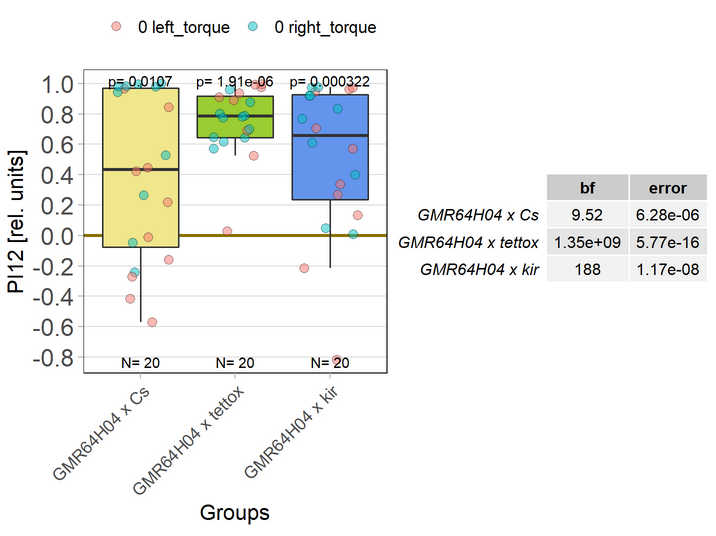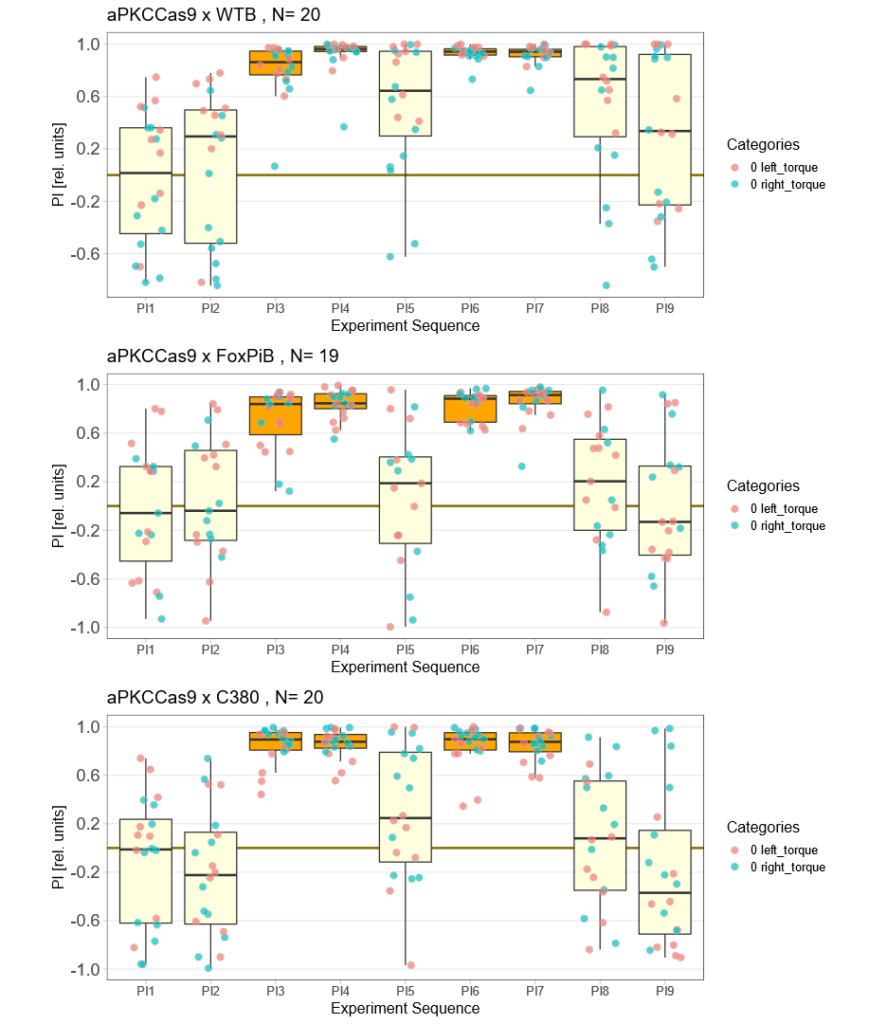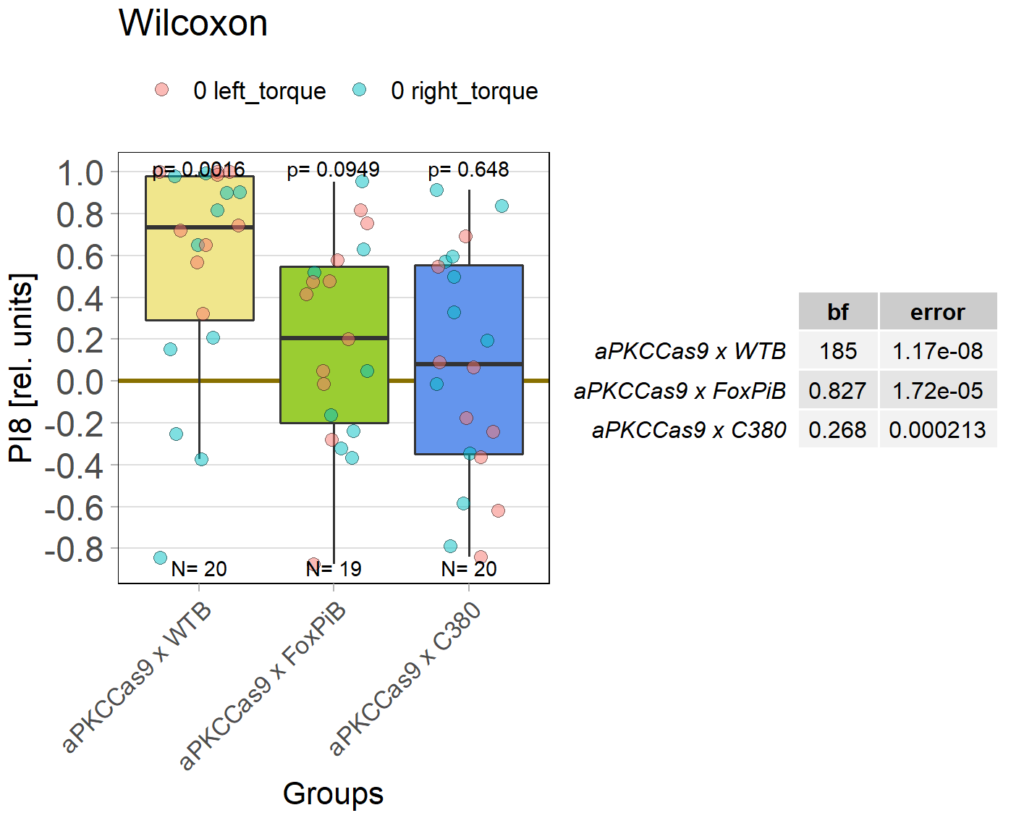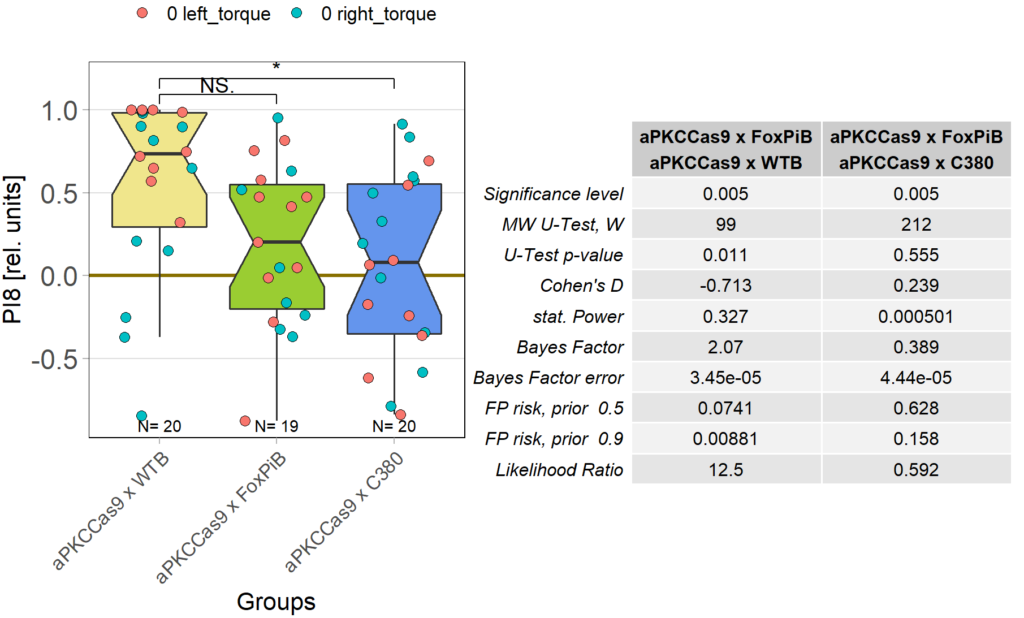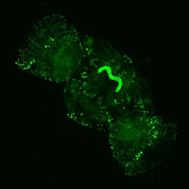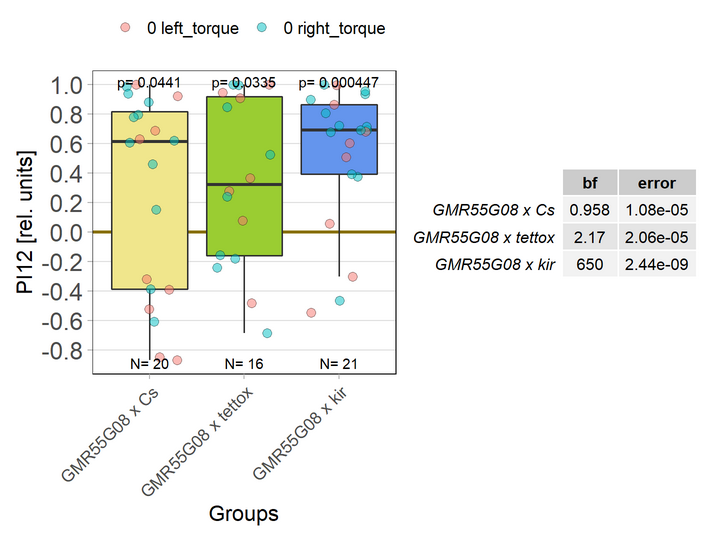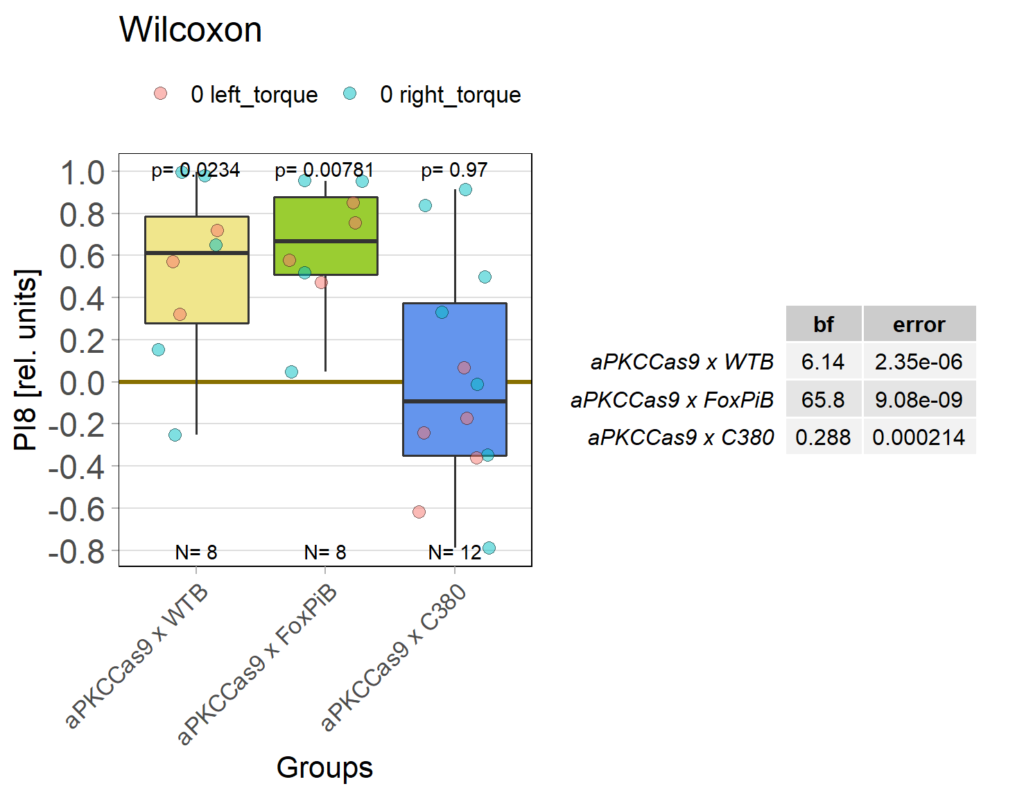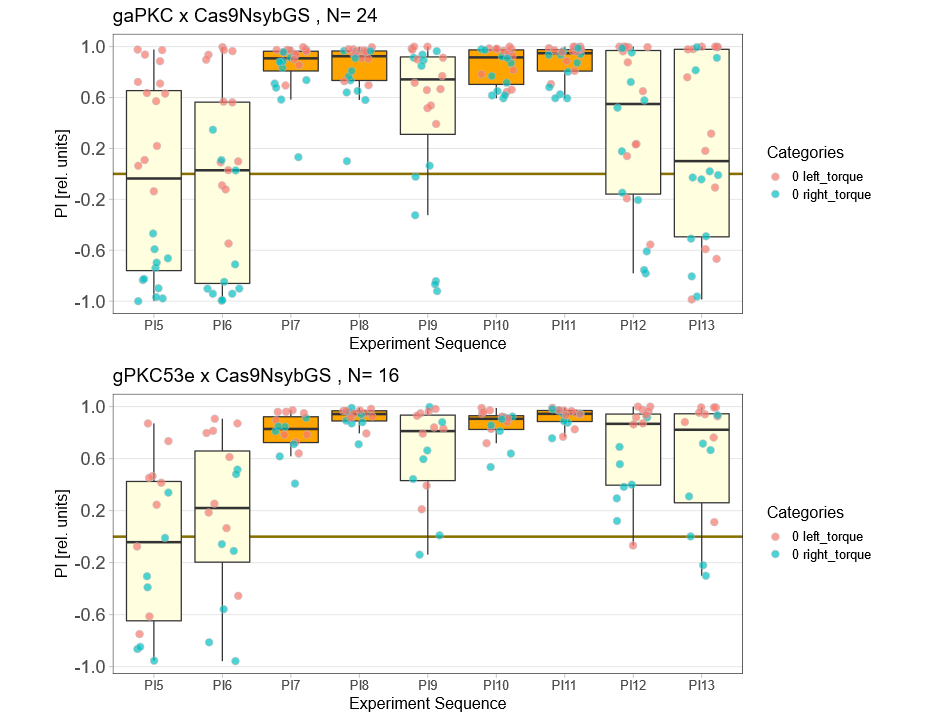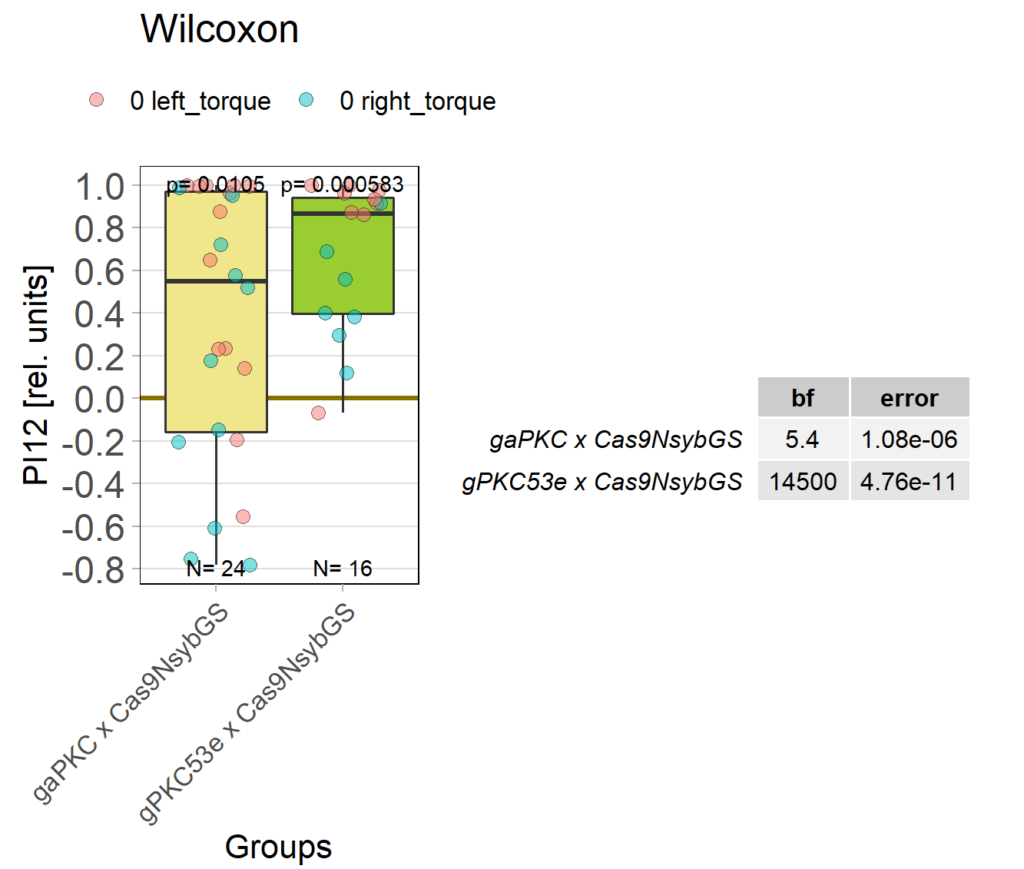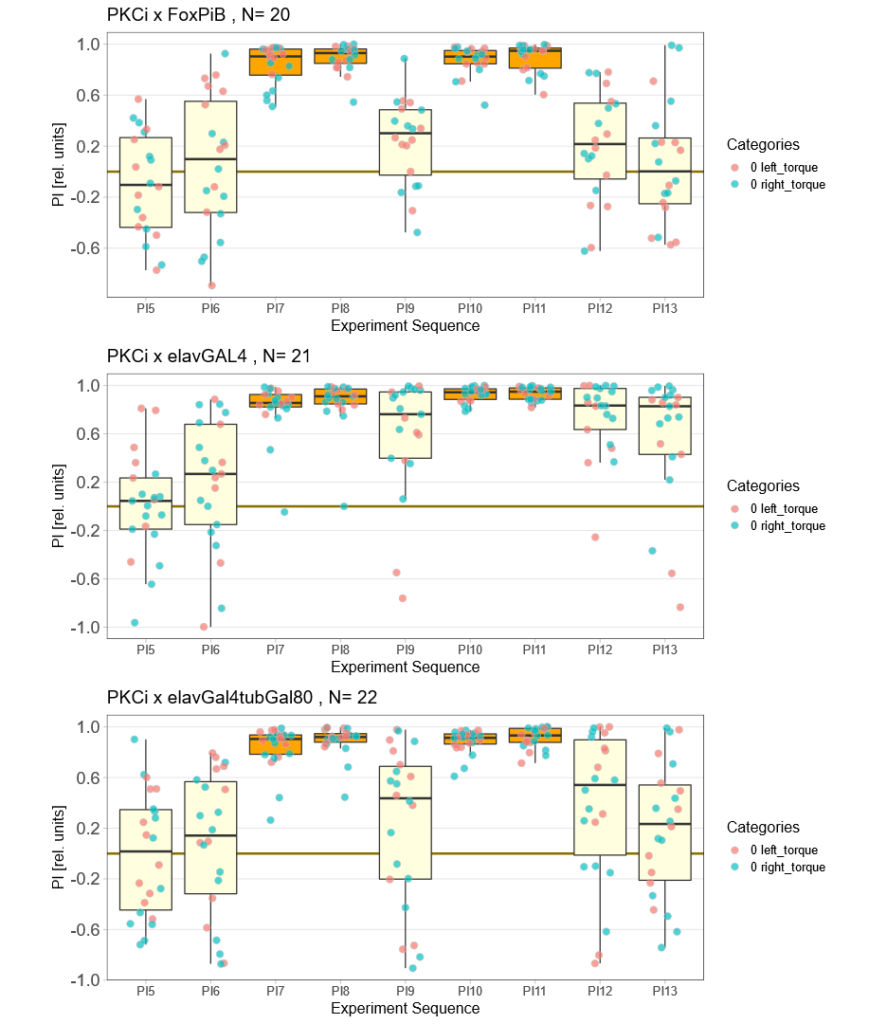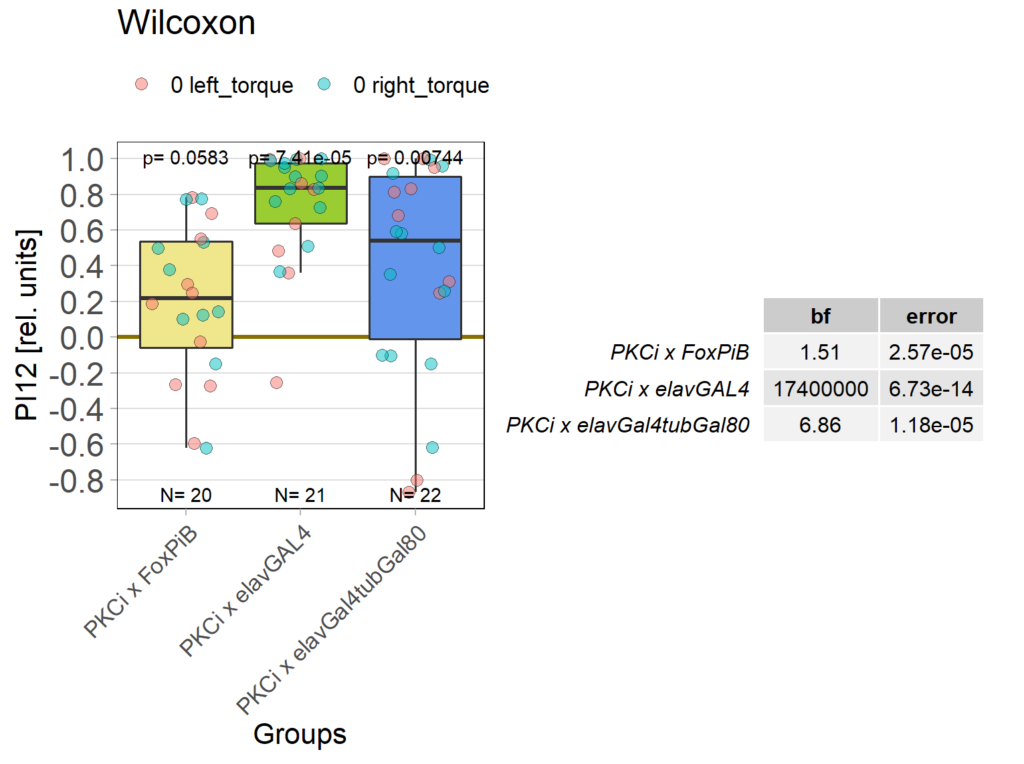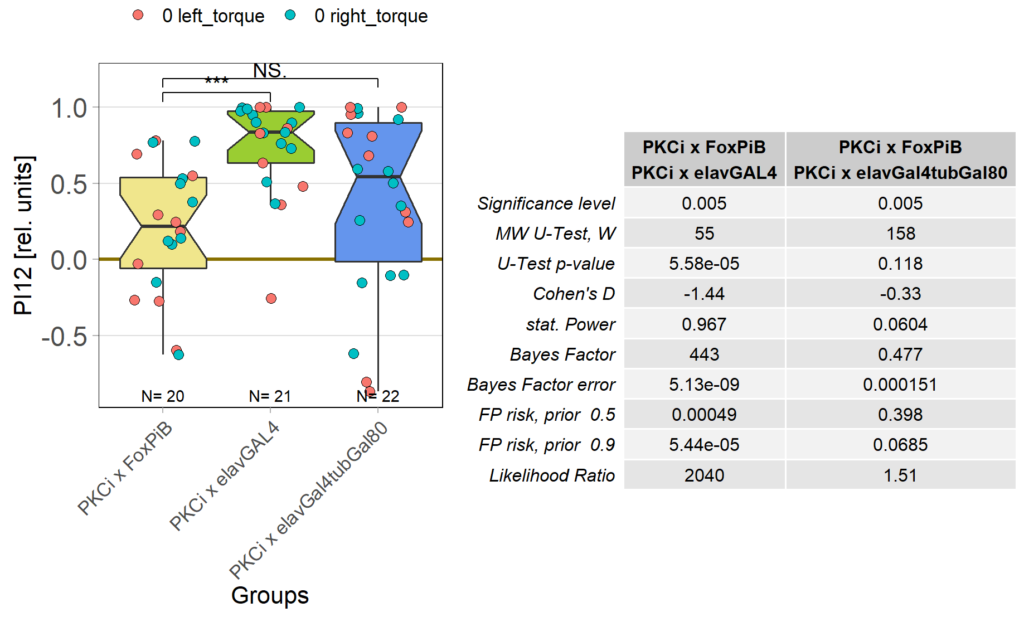GMR20A02 block tetoxE
on Monday, August 30th, 2021 12:02 | by Andreas Ehweiner
Category: flight, Memory, Operant learning, operant self-learning, Uncategorized | No Comments
GMR52B10 (PCB) block
on Monday, July 26th, 2021 9:25 | by Andreas Ehweiner
Category: flight, Memory, Operant learning, operant self-learning | No Comments
Switch mode learning WTB, FS Kopp
on Monday, July 12th, 2021 1:46 | by Radostina Lyutova
Switch mode learning WTB
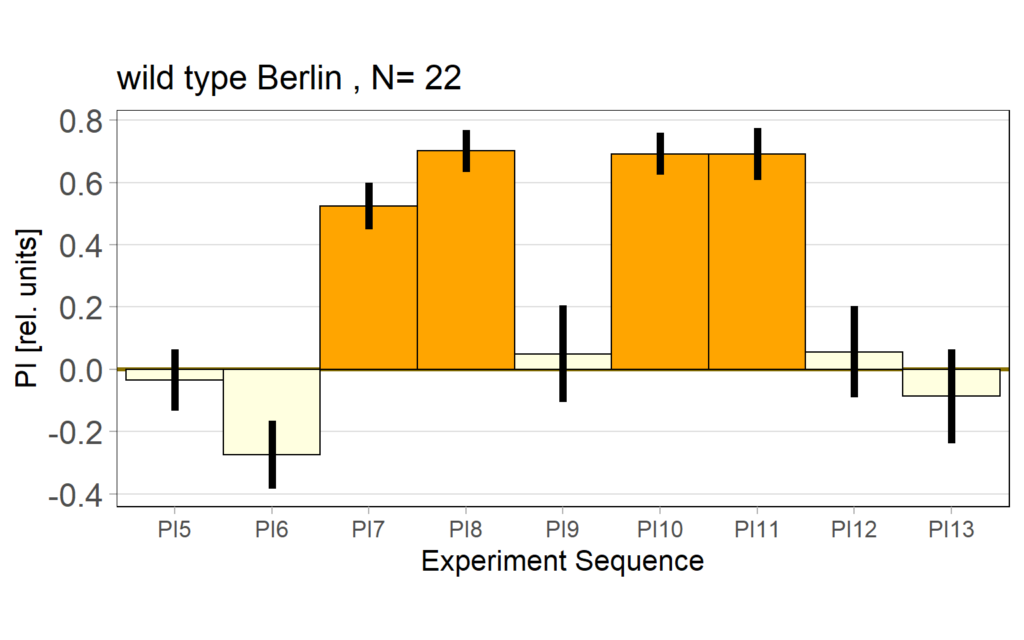
Switch mode learning WTB, blue-punished
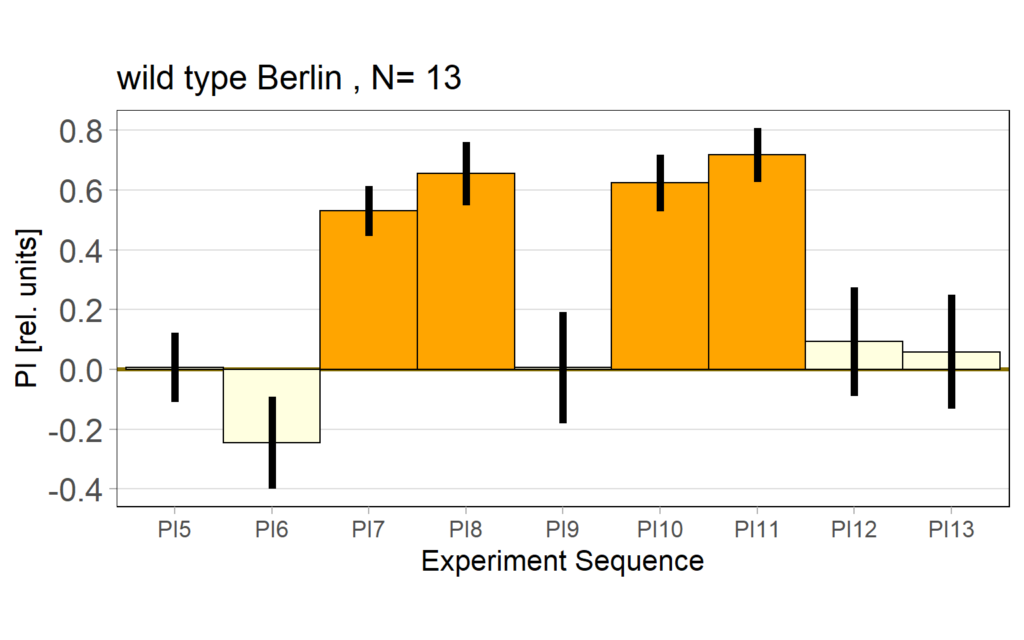
Switch mode learning WTB, green-punished
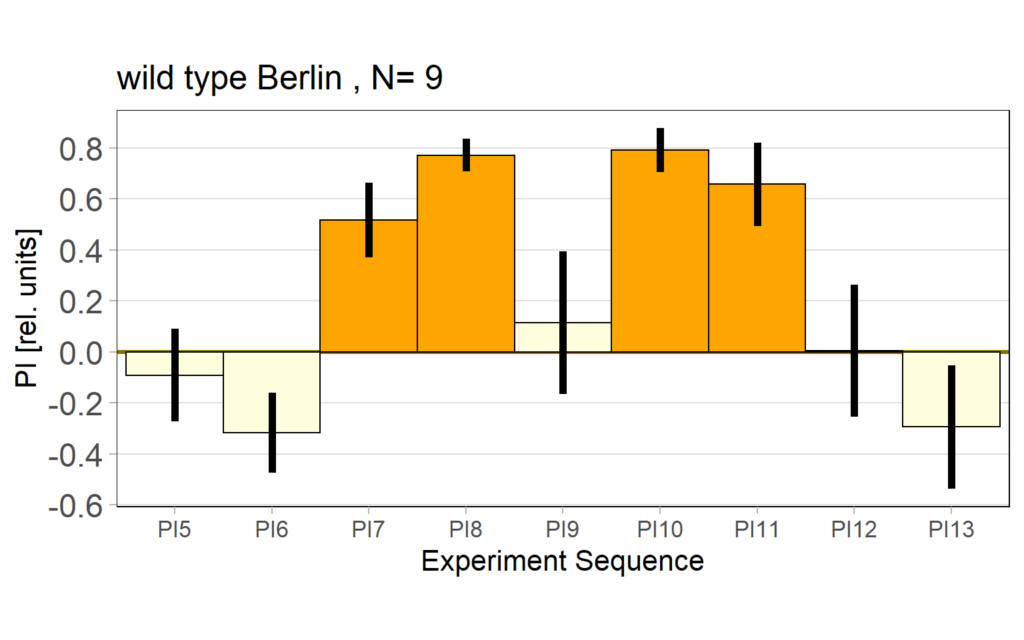
Switch mode learning WTB, left torque
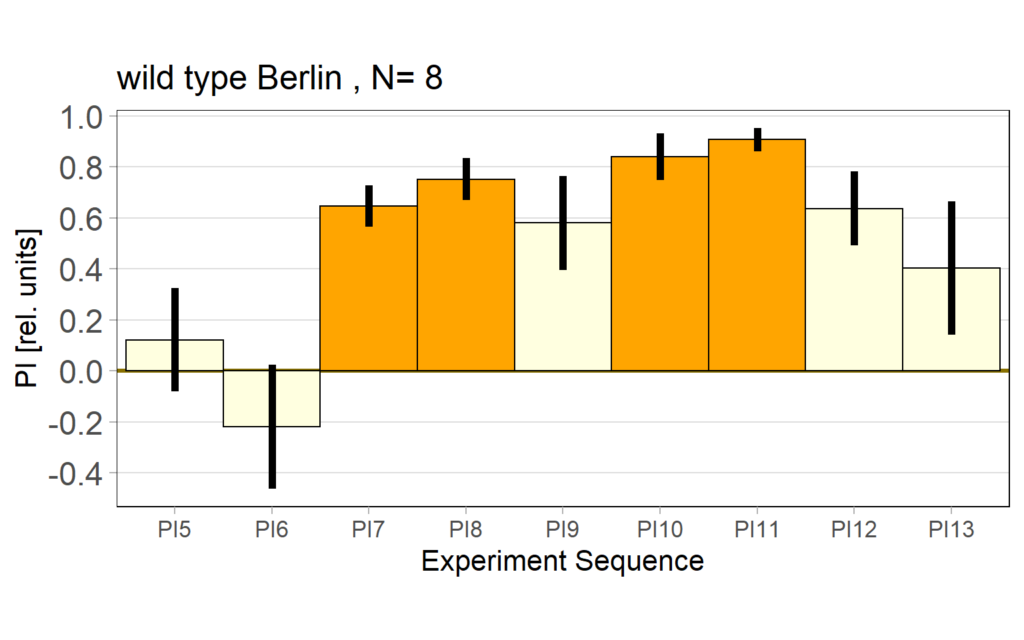
Switch mode learning WTB, right torque

Category: flight, Memory, Operant learning | No Comments
GMR64H04 (EB) blocking
on Monday, July 5th, 2021 11:51 | by Andreas Ehweiner
Category: flight, Memory, Operant learning, operant self-learning | No Comments
aPKC knockout update
on Tuesday, May 25th, 2021 1:52 | by Andreas Ehweiner
Category: flight, Foxp, Memory, Operant learning, operant self-learning, PKC, Uncategorized | No Comments
GMR55G08 (PCB) blocking
on Monday, May 17th, 2021 1:15 | by Andreas Ehweiner
Category: flight, Memory, Operant learning, operant self-learning, Uncategorized | No Comments
aPKC knock-out
on Monday, May 17th, 2021 1:05 | by Andreas Ehweiner
Category: flight, Foxp, Memory, Operant learning, operant self-learning, PKC, Uncategorized | No Comments
PKC gRNA
on Monday, April 12th, 2021 11:07 | by Andreas Ehweiner
Category: flight, Memory, Operant learning, operant self-learning, PKC, Uncategorized | No Comments
Problems with PKCi
on Monday, April 12th, 2021 10:55 | by Andreas Ehweiner
ElavGal4;tubGal80 X UASPKCi were raised at 18°C. Before the experiment they spent 4h at supposedly 35°C. Since they still show a stong learning phenotype the temperatur might have not been right.
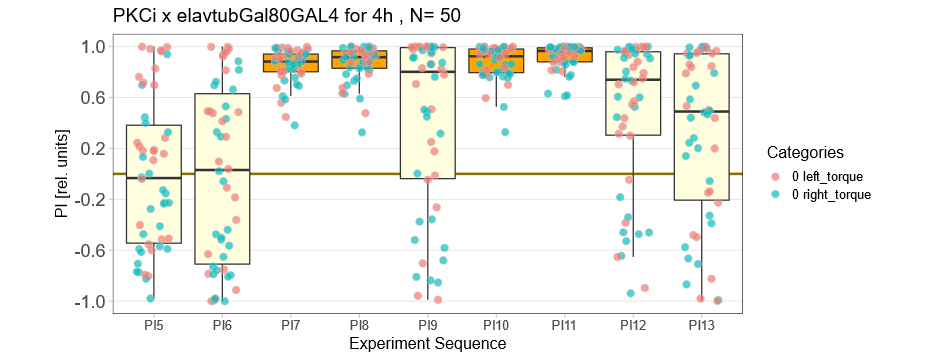
Category: flight, Memory, Operant learning, operant self-learning, PKC, Uncategorized | No Comments
PKCi
on Monday, March 22nd, 2021 12:35 | by Andreas Ehweiner
Category: flight, Foxp, Memory, Operant learning, operant self-learning, PKC | No Comments

